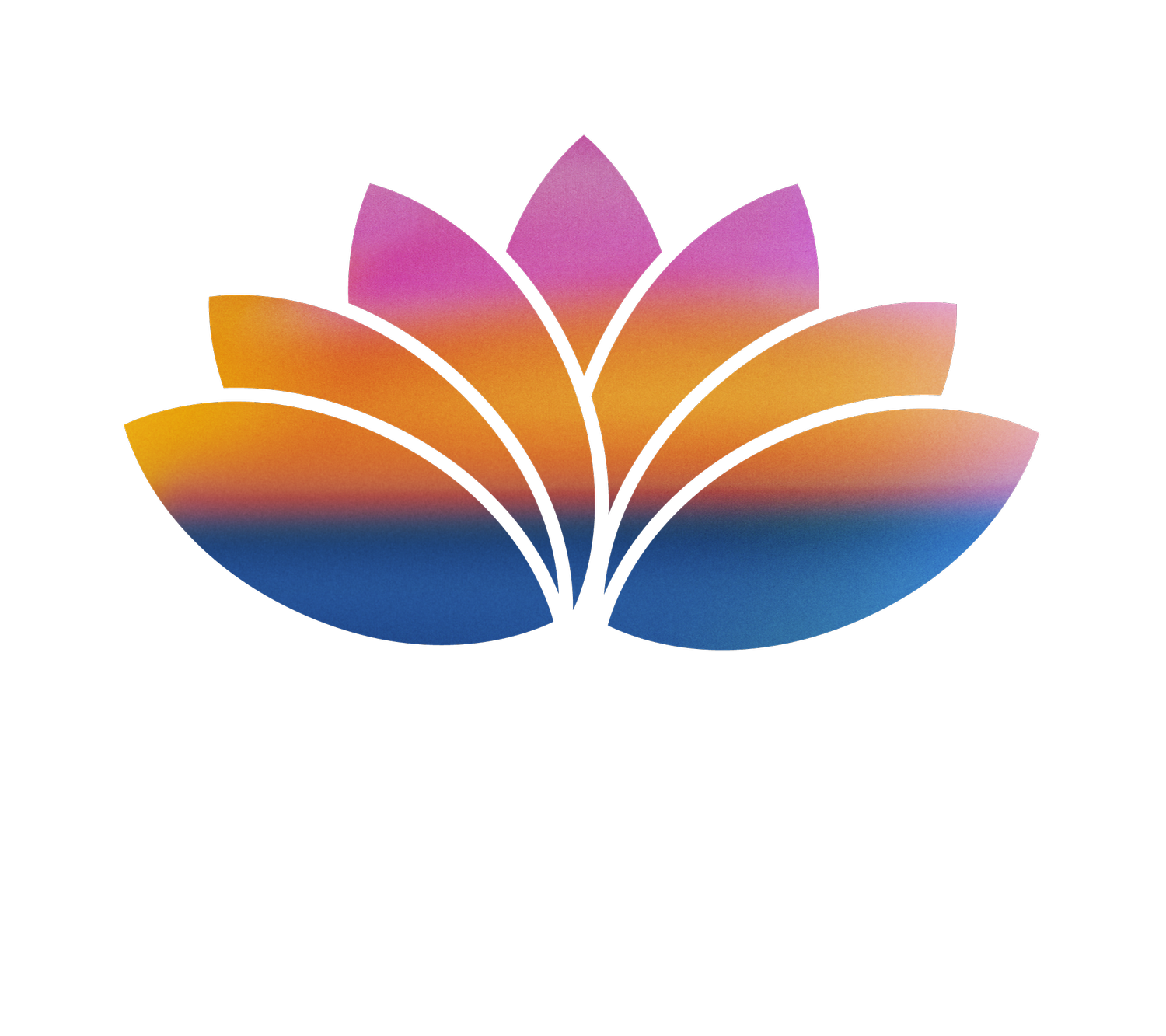Photo curtesy: Ann Douglas Photography
Move from the Core-Realign with Nature and Harmony
By Tangkao Tan
What is the Core?
The “core” is the area in the lower abdomen, about 1.5 inches below the navel, known as “Dantian” in China. In Chinese internal martial arts, “Dantian” is where breathing should be initiated and where awareness should remain. “Taichi”, one of the most familiar/popular forms of Chinese internal martial arts, is characterized by obviously core-initiated movement done in slow motion, thus creating a mesmerizing impression - a flowing mixture of tension and relaxation, in which the arms and legs, usually the organs of expression, seem to be “pulled” into movement/motion by the core. In Western anatomy and physiology, the core refers to the lower abdominal region where the digestive and reproductive system are located, it also corresponds to the enteric nervous system, our “moving brain” which comprises 4 times more neurons than the entire spinal cord.
The Myth of Core Stability
The term “core stability” is often employed in sports and fitness trainings such as Yoga, Pilates and physiotherapy. It’s usually cued as “pushing navel to spine” in order to engage abdominal muscles to protect a “tender” lower back (Simon Borg-Olivier has a brilliant presentation on this issue https://yogasynergy.com/is-it-correct-to-pull-the-navel-towards-the-spine-answer-yes-and-no/ ) . Although not wrong, the instruction of pushing navel to spine could result in a “locking” of one’s core and spine by tensing the muscles for forced abdominal exhalation. Such over-tensing of the abdomen not only immobilizes the core and spine, it also inhibits the diaphragm, our main breathing muscle. This results in both chest breathing and over-stimulation of the sympathetic nervous system which in turn causes overall stress, impeding digestion and the reproductive systems. Simon Borg-Olivier often refers to core stability and how it can be achieved by “actively” moving in and out of a posture without using external forces such as gravity or momentum, with a maintaining a soft abdomen.
That core stability is often achieved at the cost of core mobility is worsened by our time’s concept of an “ideal body”: a slim waistline and a flat tummy. The desire to correspond to this ideal results in abdomens being over-tensed both on and off the mat. In addition, high stress levels having nearly become a norm, implies a huge number of tummies being held in tightly days-on-end. This tensing and squeezing action impedes blood flow in the region. This causes poor circulation in the digestive and reproductive systems, further suffocating our fragile lower backs, undermining the proper functioning of the immune system and overstimulating the nervous system. The overall condition of our age’s health no longer comes as such a surprise...
Moving from the Core
Initiating movements from the core helps us regain natural body mobility and enhance the circulation of energy and information within the body. Core initiated movement tones the abdomen, mobilizes the spine, encourages the diaphragm’s proper function throughout movement. “Move from the core” is an expression which implies a “harmonizing of Yin and Yang”. It develops strength and flexibility without sacrificing our physiology. A relaxed nervous system is ensured by the preservation of natural breathing. One thus avoids stressing one’s whole system, frantic heart-rates caused by hyperventilation: a common drawback of gym-style workouts. In addition, core movements are fluid and curvy rather than zigzag-y, thus enabling a more efficient flow of energy. Finally, core-initiated movement often forms the curving line of an infinity symbol “∞”. Such movements are naturally beautiful and pleasant to the eye. With practice, it is possible to initiate any movement from the core. This is particularly useful for performing artists who wish to refine their movement to find a more organic and authentic style.
Core Movement as an Expression of Patanjali’s Definition of Yoga Posture Practice
In Yoga Sutra 2:46, Patanjali defines yoga posture (asana) as “Sthira Sukham Asanamr” (Posture should be firm but calm). The very idea of moving from the core implies both its engagement and release. This balance is achieved and maintained with moment-to-moment endeavour, making yoga a practice of being in the moment, crucial element to access a higher state of consciousness. An asana practice is not achieved by the making of shapes and embodying of postures assimilated to Sanskrit names. It is better defined as the ability to stay so relaxed in a posture or movement, that you still manage to move fingers, toes and breathe softly into your tummy. Even in the most challenging postures, this is a “must”, an essential finishing touch: just as a lotus blossom’s tranquillity is the ultimate indication of its victory following its struggle to reach out and above the mud.
When we watch a dance or movement-based performance, a body-moving-from-the-core is immediately recognized and appreciated thanks to the “wholeness” of its motion.
Such a movement seems to evoke an ancient memory. One might perceive the harmony, order and beauty of the graceful, celestial dance of planets revolving around the sun, ultimate source of light and energy.
Written by Tangkao Tan
Photo curtesy: Ann Douglas Photography
Tangkao is an E-RYT 500 yoga teacher registered with Yoga Alliance. He is the owner/teacher of ArtAnvaya, founded in 2017 in Northern California. ArtAnvaya offers yoga classes based on Yoga Synergy methods as well as movement training for performing artists.
A former dancer and a specialist in 18th century Baroque dance, Tangkao holds a BA degree in Dance Pedagogy and has trained for many years in Jerzy Grotowski’s movement based acting techniques. The variety of his experience has creatively enriched his understanding of body movements.
Photo curtesy: Ann Douglas Photography




